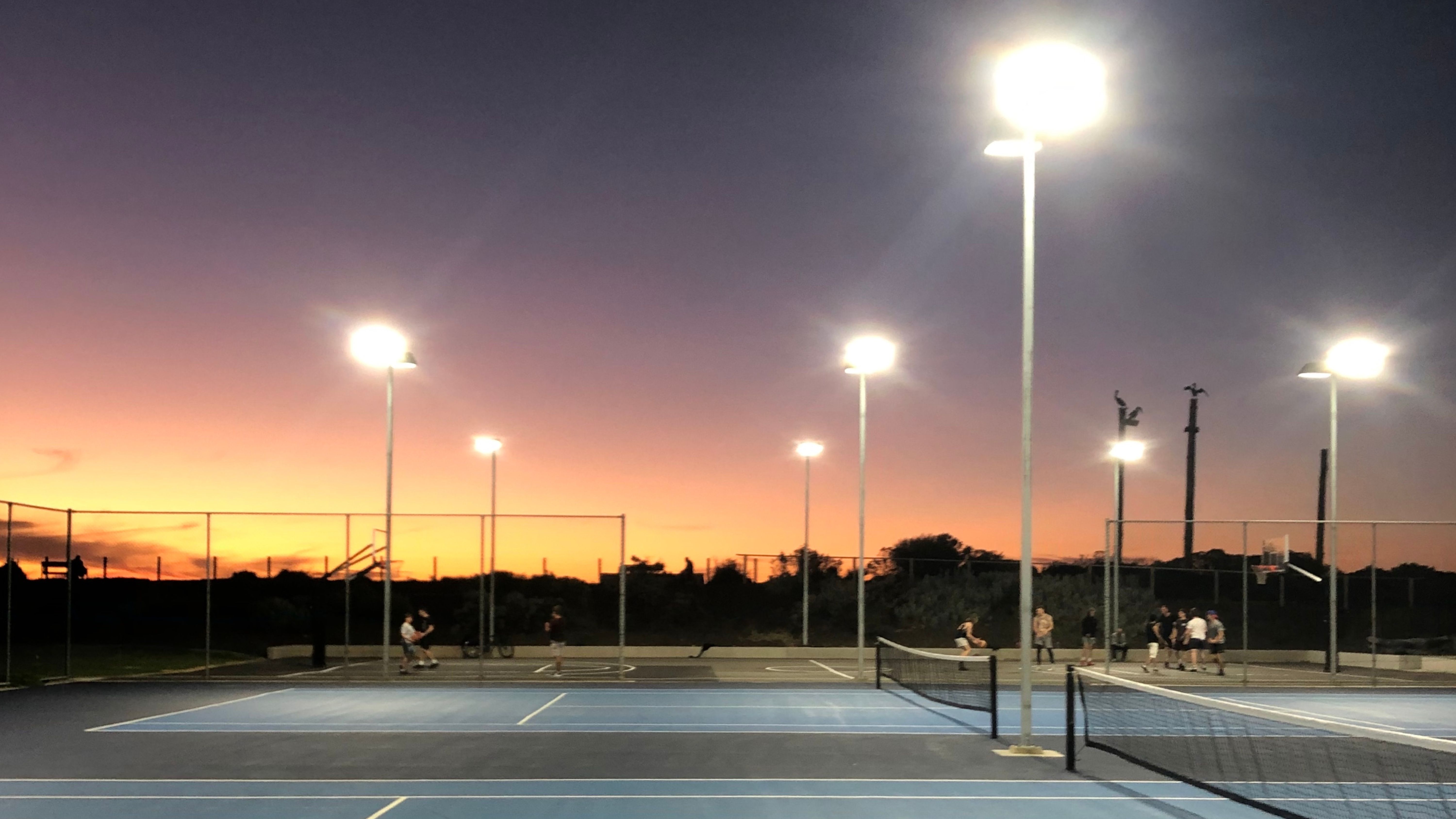
VAT on school fees is encouraging independent schools to examine their estates strategy, as Lucy Anderson, Associate Director, Boyer (part of Leaders Romans Group) explains
Creating a USP is central to many schools’ business strategies and we’re increasingly seeing schools introducing new facilities which do exactly that. Post-Covid there has been a focus on supporting students’ physical and mental health. Dedicated facilities can support counselling, physiotherapy and more. Sensory gardens and conditioning suites can provide a competitive edge.
Inevitably new (and many repurposed) facilities require planning permission, but Permitted Development Rights (PDR) provide a welcome alternative to submitting a planning application through the local authority and waiting a standard 8 or 13 weeks (but often more) for determination.
PDR is best known for change of use within the built environment. For schools and other educational estates, Schedule 2 Part 7 Class M of The Town and Country Planning (General Permitted Development) (England) Order 2015 (as amended) allows for certain extensions and alterations to be made to buildings, as long as the amendments meet a certain set of criteria and parameters.
It is however important to note that permitted development is only allowed inspecific circumstances and is often time limited. For example, a school recently considered the option to open its tennis courts and swimming pool to the public. To do so required additional floodlighting, but as the lights were temporary and limited to a specific height, this could be achieved through PDR (as opposed to aformal planning application), at comparatively little cost and time to the school.
Performance spaces are commonly hired out for external use, particularly during school holidays when they might be used for music or drama courses or festivals.
The more flexible the space, the more opportunities it presents-and PDR can help to create this flexibility. Planning permission may be required for the changes to access and parking capacity which invariably come with changes to facilities, although it may be possible to achieve some flexibility through Permitted Development Rights. However, this applies in some circumstances but not all, so it’s always worth checking with a planning consultant.
Although the changes described above can technically be exercised without obtaining formal planning permission, from a commercial standpoint there are also benefits of submitting an application to secure a Certificate of Lawful Development (CLD). The main benefit is that a CDL reduces the prospect of any enforcement action being taken by the local planning authority, whilst also providing sufficient comfort that the structure is legally compliant with the relevant legislation-which is particularly important when it comes to any acquisitions or disposals of assets.
Another options for realising financial value from a school’s facilities is the sale of surplus land for development. The starting point is an analysis of local land use and opportunities, which includes the Local Planning Authority (or Mayoral) Development Plan and growth targets, proposed changes such as new schools and transport infrastructure, demand for land, the local market value and property prices. If the land currently accommodates any existing playing fields/sportsprovision (either in public or private use), the loss or re-location ofthese facilities would need to satisfy Sport England requirements.
Our experience of schools seeking to create maximum value from their facilities is that flexibility is much more easily obtained if the schools have a good relationship with the local planning authority. Especially when there is a clear correlation between the school’s business success and the impact on the local economy.